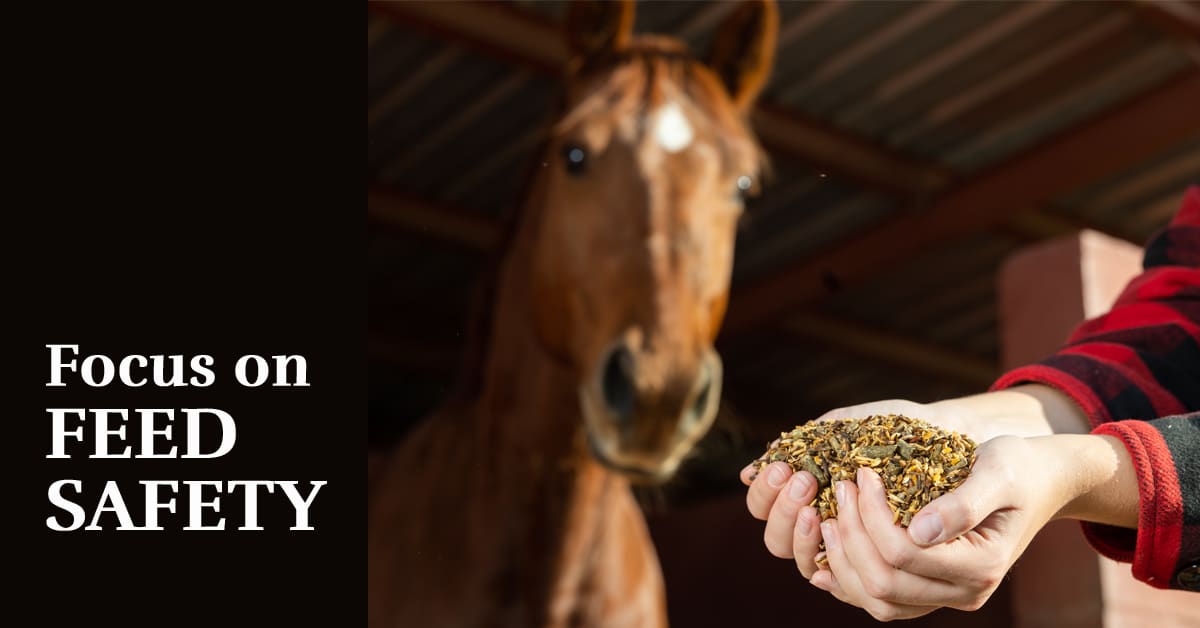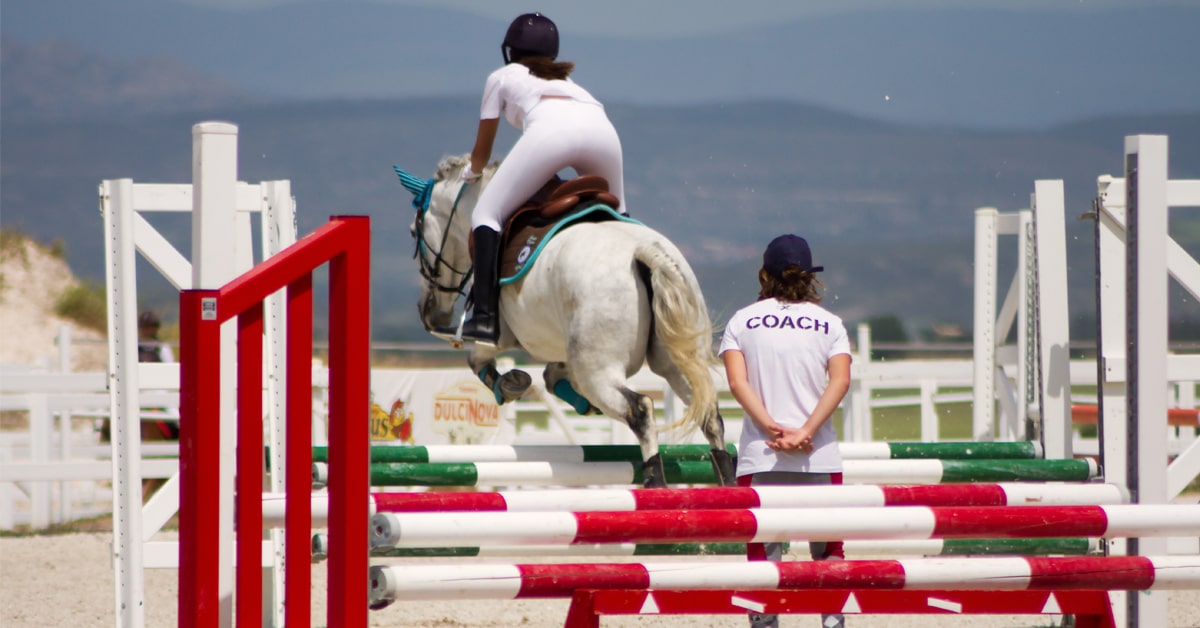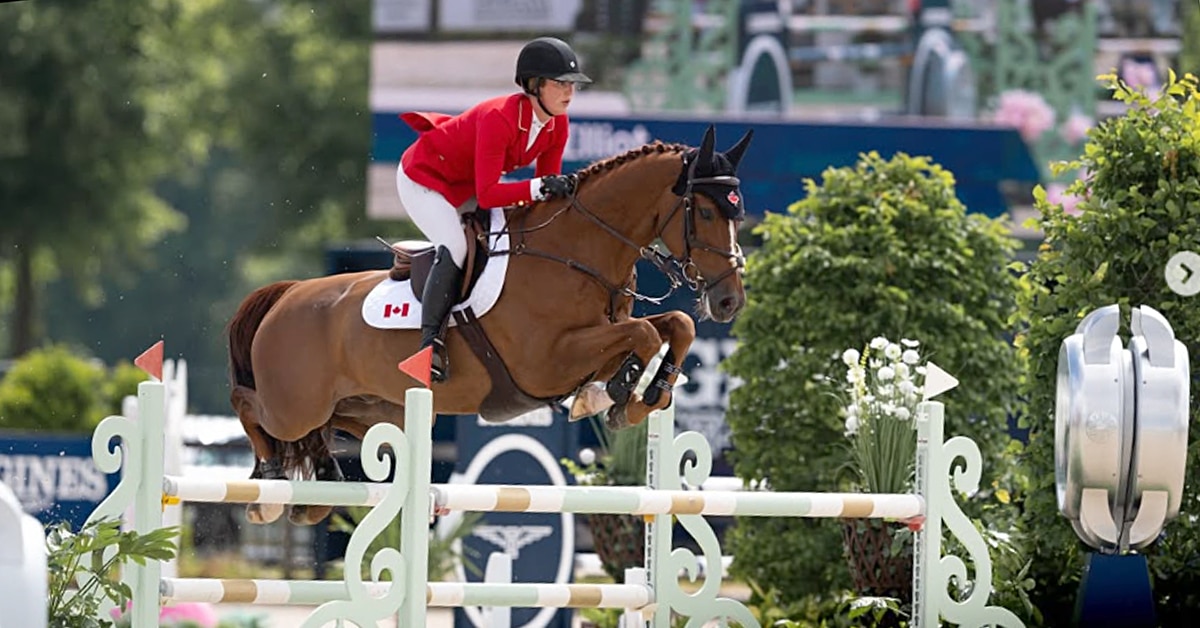Olympian and Pan Am individual gold medallist Jessica Phoenix, fresh off her Jersey Fresh CCI3* win aboard Exponential, incorporates interval training for all her horses, regardless of whether they are competing at the lower levels or at four-star courses such as Rolex. Here is her advice on how to include it in the conditioning program for your horse.
“Interval training is incredibly important, especially for the horses’ lungs. It allows them to breathe better and gets them strong and fit. Before you start conditioning work or interval training, your horse should be in full flatwork and already jumping, so he has some degree of fitness. Start by walking him for 45 minutes on general terrain.
As soon as our horses start eventing we do trot sets, taking them away from the ring and onto as many hills as possible. Even at entry and pre-training, it’s important to get them used to going out in a big field and up and down hills, and getting their legs used to the terrain they’ll be going over in competition.
In England they have all-weather gallops with proper footing going up mountains. You are going straight up for two to three minutes, so you don’t have to gallop as long as you do in other places. Florida is a tough place to condition, because it doesn’t have hills. In Ontario, because of the terrain and placement of properties, you have to be more creative, as we tend to have long 100-acre parcels. I have a figure-eight gallop path at our farm in Cannington, Ontario, that incorporates the hills we have on our land. You want to find really good footing and be able to work hills into interval training.
You have to be extremely consistent when building up a horse. All my horses do conditioning work twice a week. If they are entered in a weekend horse trial, the competition will serve as one of their conditioning days. When I’m conditioning my horses, I walk them from my barns down the path to the fields where I start conditioning or interval work with them. It’s about a five- to 10-minute walk to the fields before I start a trot set.
Assessing fitness
Gauge how fit your horse is. You can do this by seeing how long it takes before they start sweating. When you are just starting them into work, work them until they start to sweat. Sometimes it’s five or 10 minutes, sometimes it’s half an hour. You can measure their pulse and heart rate, but I don’t know how realistic it is to do that every time you ride. Listen to their breathing and look at their nostrils and flanks to see how they are handling what you’re asking. Pay attention to these things and very gradually increase what you are requiring of them.
Every horse is different and you have to tailor your conditioning program to each individually. You have to do a lot more galloping with warmbloods and a lot more trotting with Thoroughbreds. Off-the-track Thoroughbreds, such as my Olympic horse Exponential, galloped so much at the track that they have a baseline of fitness. You have to take a lot more time to get a warmblood or warmblood-cross fit enough to do the two-, three- or four-star levels. (For more about assessing cardiovascular fitness, see “The Equine Heart” on page 44.)
The schedule
If I’m preparing a horse for a CCI event, I map out a training schedule for the 12 or 13 weeks in advance leading up to the event (see the sample of my training schedule on page 30). With all my horses, Tuesdays and Saturdays are conditioning/interval training days. On weeks they are not competing, they get Mondays off and do dressage on Wednesdays, Fridays, and Sundays, and jump on Thursdays.
Abbey GS, a Trakehner mare I’m riding that belongs to Galten Farms, had been a broodmare and while her body was in good condition because she’d been out in a field, she didn’t have a lot of muscle or cardio. For the first couple of weeks, I rode her for 15 minutes a day in the dressage ring, in the jump field over poles, or walking up and down hills before I started trot sets.
My four-star horse Exponential got a well-deserved break after the Olympics last summer. I started him back with hacking and dressage in late fall. He did his first trot set in January. We worked from 20 minutes of trot sets up to 45 minutes, increasing by five minutes a week.
When your horse is fit enough to do 45 minutes of trot, you can add some wind sprints [short, brisk gallops] and it’s even better if you can incorporate a hill. Find the best hill you can and incorporate a wind sprint of about 30 seconds in length. Gallop up the hill at preliminary speed, not at break-neck speed! Taper off at the top and let him walk.
If you don’t have hills, a typical workout might be a 20-minute trot, a three-minute gallop followed by a walk to let him catch his breath, a three-minute gallop, a walk and then another three-minute gallop. You can build up to three four-minute gallops or more, depending on the level at which you are competing.”
The Latest









